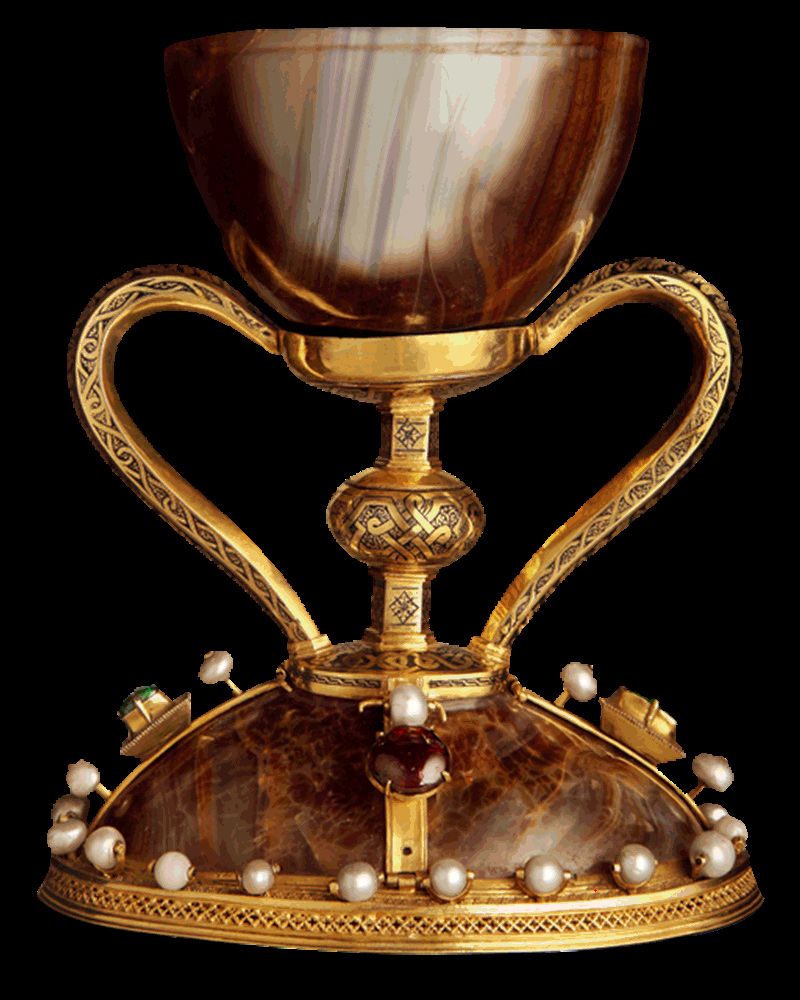Agate is a variety of chalcedony, formed by irregular, successive layers of mineral. On Mohs scale agate is in the 6.5-7 classification, that is, one of the toughest materials and appears in all possible colors, even transparent. Agate was originally discovered on the Agate River, now called Dirillo, in Sicily, and today there are active agate mines all over the world.
The most popular varieties of agate are:
Dendritic Agate, in which inclusions create tree-like or moss-like formations. Inclusions are created by the presence of foreign metallic elements in the composition of the mineral and are usually green or brown in color.
Lace agate, in which variety the irregular layers of mineral look like lace. The variety of blue lace agate is one of the most popular varieties of mineral and occurs mainly in Africa.
Fire agate, has an iridescent inner glow, that resembles a fire due to its colors (red, orange, and green). This variety has been discovered in recent years in the southwest states of the United States and Mexico and is extremely popular in jewellery.

Rubens Vase

Rubens Vase is about 19 centimeters, crafted in 400 AD. in Constantinople, possibly in an imperial lab for the Emperor. On a single piece of agate ornate leaves, flowers, and satyrs are crafted. In 1204 AD after the 4th crusade, the Rubens Vase was moved from the capital of the Byzantine Empire to France and in the next few decades, it was acquired by several collectors in Europe. Among its owners was the painter Rubens, thus its name. Today, it is exhibited at the Walters Art Museum in Baltimore.
The Chalice of Valencia
 The Chalice of Valencia is kept in the Cathedral of Valencia from 1437 AD. It consists of three different pieces. At the top, there is a mug made of agate, dating back to 100 - 50 BC, and is believed to come from the East. The handles are made of gold, while the base is made of alabaster decorated in the Islamic style. Βoth the handles and the base were made several decades after the mug. The size of the chalice is 17 cm high and 9 cm wide.
The Chalice of Valencia is kept in the Cathedral of Valencia from 1437 AD. It consists of three different pieces. At the top, there is a mug made of agate, dating back to 100 - 50 BC, and is believed to come from the East. The handles are made of gold, while the base is made of alabaster decorated in the Islamic style. Βoth the handles and the base were made several decades after the mug. The size of the chalice is 17 cm high and 9 cm wide.
The Seal of Pylos

The Seal of Pylos or Pylos Combat Agate is made of agate with an engraved pattern depicting a warrior. It dates back to 1500 BC and was discovered in 2015 in the Griffin Warrior Tomb near the Palace of Nestor in Pylos. Its length is about 3.5 centimeters.